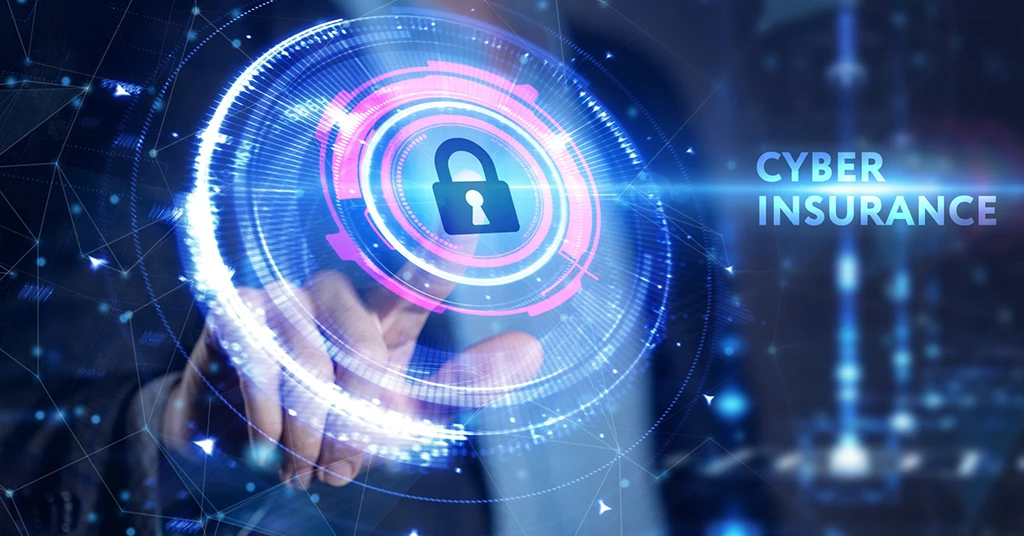
To ensure the safety of your business’s data, small business owners must stay apprised of the latest IT security trends and threats. Cyber insurance offers both financial protection and peace of mind, as long as your business qualifies for coverage at a reasonable rate. When applying for a new cyber insurance policy or for a renewal, it’s important to understand the topics most important to insurers. Below, please find the five most important security topics insurers use when determining your qualifications and rates.
1. Access Controls
Access controls describes the policies that determine who has access to what data within your organization. According to a recent report by Verizon, 60% of small businesses that experience a data breach had a compromised user identity. (1) Cyber insurers are likely to ask about your company’s access controls, which include everything from employee passwords to two-factor authentication and other access restrictions. It’s important to have strong access controls in place to prevent unauthorized users from gaining access to your company’s sensitive data.
Small businesses can quickly and affordably improve access controls by implementing a password management system, such as Bitwarden or 1Password. Passwords should be complex and difficult to guess, and employees should be required to change them regularly. Two-factor authentication, which requires users to provide two forms of identification (such as a password and a biometric scan), remains the strongest single defense against data compromise.
2. Data Encryption
Data encryption is the process of converting data into a code, making it unreadable to anyone who doesn’t have the key to decode it. According to a report by IBM, the average cost of a data breach in 2021 was $4.24 million. (2) Cyber insurers may ask about your company’s data encryption policies, including how data is encrypted, who has access to the encryption keys, and what measures are in place to ensure that data is properly encrypted at all times.
To ensure that data is properly encrypted, small business owners must implement encryption policies that cover all data at rest and in transit. Encryption keys should be stored in a secure location, and access should be restricted to authorized personnel only. In addition, regular audits should be conducted to ensure that encryption policies are being followed correctly.
3. Incident Response Plan
An incident response plan is a set of procedures that your company will follow in the event of a data breach or other cyber incident. An effective incident response plan should include a detailed incident response team, with clearly defined roles and responsibilities. The plan should also establish communication protocols for notifying affected parties, such as customers, partners, and regulatory agencies. In addition, the plan should outline procedures for recovering any lost or stolen data, as well as any necessary forensic investigations. According to a report by the Ponemon Institute, the average cost of a data breach response for small businesses is $149,000, so the risk of not having a plan is significant. (3)
4. Network Security
Cyber insurers will certainly ask about general network security, which includes everything from firewalls and intrusion detection systems to antivirus software and other security measures that protect your company’s network from cyberattacks. According to a report by the National Small Business Association, 50% of small businesses have experienced a cyberattack and 43% have experienced a data breach. (4) It’s important to have strong network security in place to prevent cyber criminals from gaining access to your company’s data. Unfortunately, the cyber criminals know that small business owners feel a false sense of confidence about not being a target. This incorrect assumption ironically makes them a perfect target.
To improve network security, you should implement a layered security approach that includes firewalls, intrusion detection and prevention systems, and antivirus software. In addition, it’s important to keep all software and hardware up to date with the latest security patches and updates. Regular network security assessments and audits should also be conducted to identify any vulnerabilities and ensure that security measures are effective against the latest threats.
5. Employee Training
Finally, cyber insurers may ask about your company’s employee training programs. This includes everything from cybersecurity awareness training to incident response training and more. According to a report by Security Magazine, 95% of cyberattacks are caused by human error. (5) It’s important to have regular employee training in place to help prevent cyber incidents caused by employee error or negligence. By educating your employees on best practices for IT security, you can help reduce the risk of cyber incidents and demonstrate to cyber insurers that you take IT security seriously.
Employee training should include basic cybersecurity awareness, such as how to identify phishing emails and other common types of cyberattacks. In addition, employees should be trained on incident response procedures, such as how to report a suspected cyber incident and how to shut down systems safely in the event of an attack.
Dynamic Edge Can Help
Since 1999, Dynamic Edge has helped hundreds of small and mid-sized businesses maximize the return on their technology investment. Contact us today for a free network assessment, so that we may help you implement cost-effective security solutions to keep your organization and its clients safe and productive.
- Verizon, 2021 Data Breach Investigations Report: https://enterprise.verizon.com/resources/reports/dbir/
- IBM, Cost of a Data Breach Report 2021: https://www.ibm.com/security/digital-assets/cost-data-breach-report/
- Ponemon Institute, 2020 Cost of a Data Breach Report: https://www.ibm.com/security/data-breach
- National Small Business Association, 2019 Cyber Security Report: https://www.nsba.net/wp-content/uploads/2019/01/Cyber-Security-Report.pdf
- Security Magazine, Cybersecurity’s Human Factor: Lessons from the COVID-19 Pandemic: https://www.securitymagazine.com/articles/93856-cybersecuritys-human-factor-lessons-from-the-covid-19-pandemic



This is a great article!